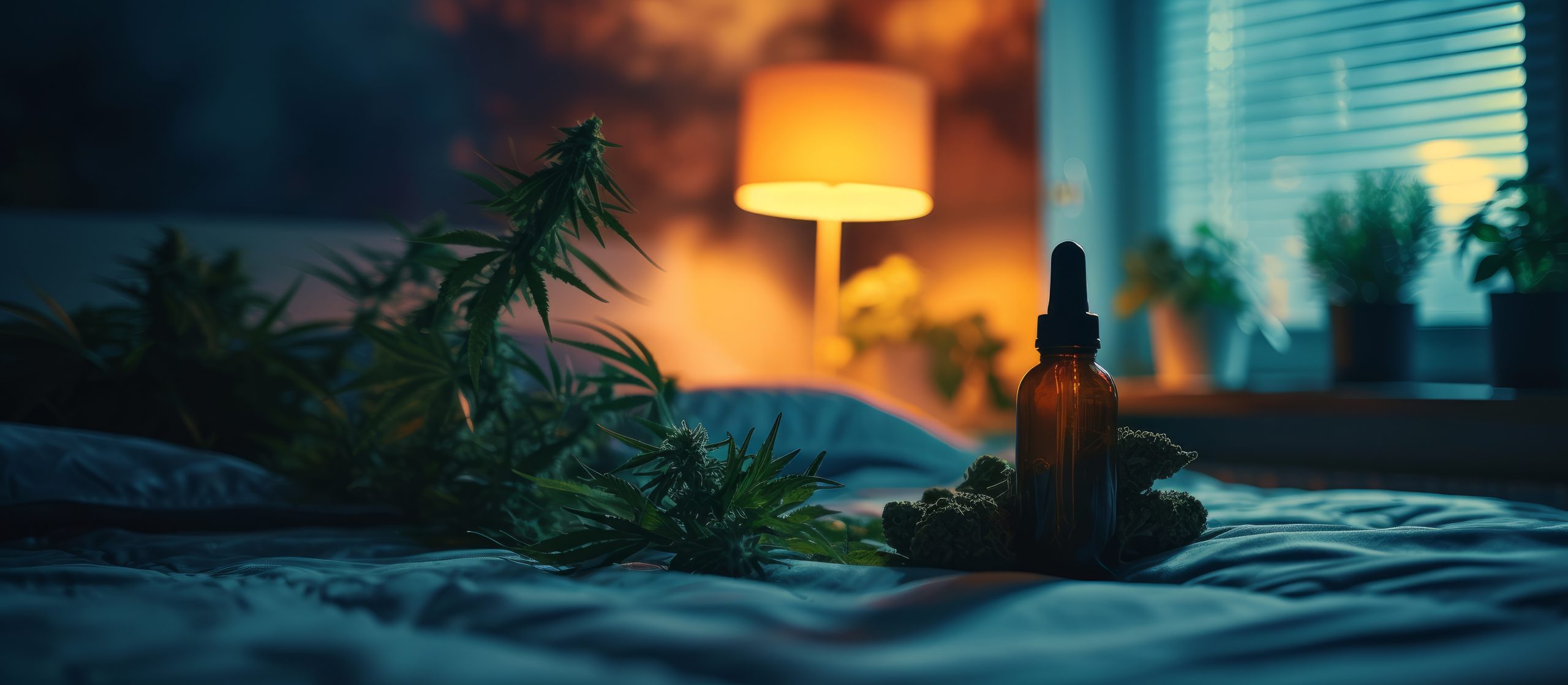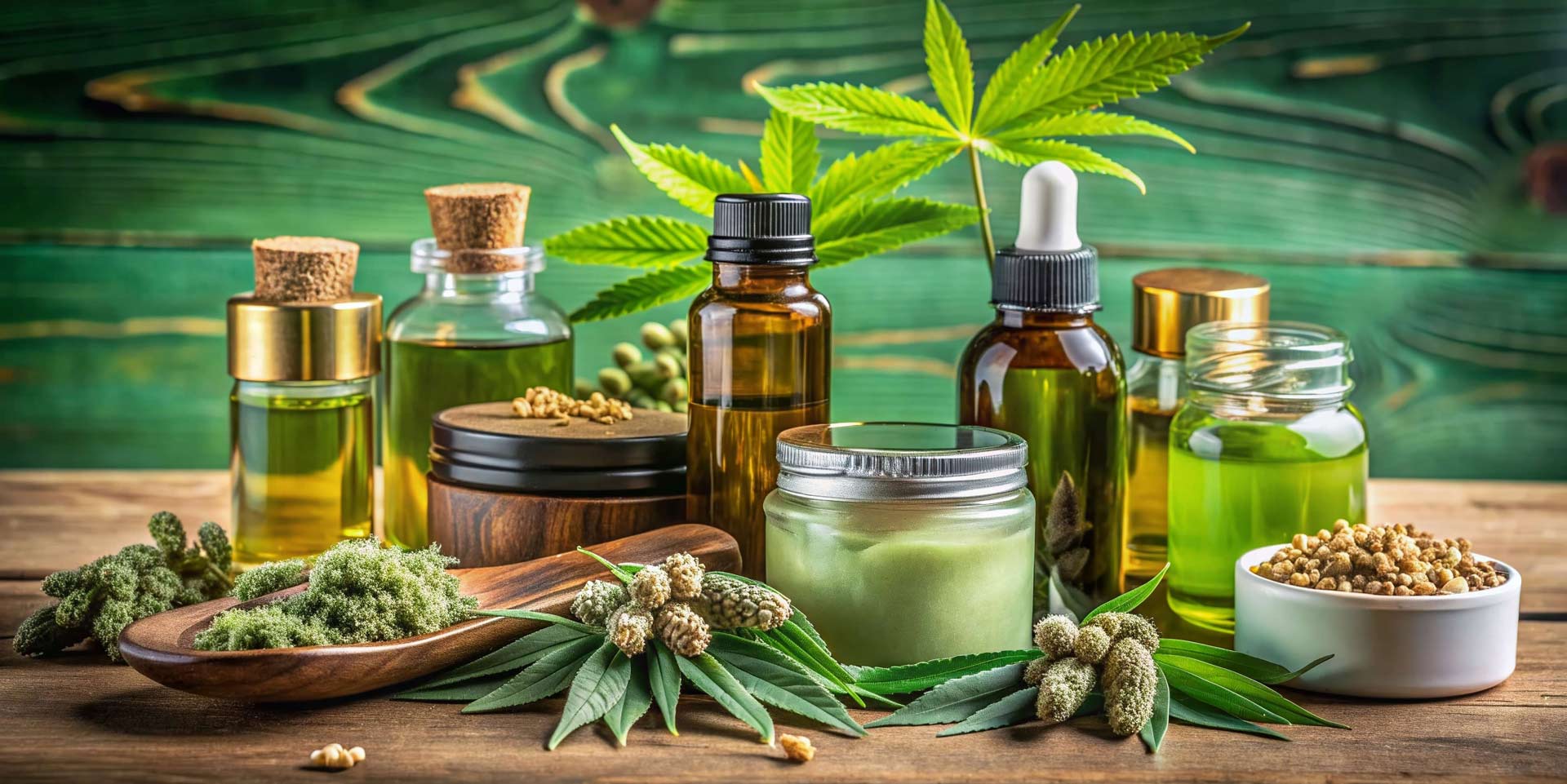If you are familiar with cannabis, you probably know that it can alter your mental and physical state, and even potentially help alleviate many ailments. But have you ever wondered how or why this occurs?
It’s because of the endocannabinoid system that exists within all of us. In this blog, we will cover the Endocannabinoid System (and how cannabis interacting with it can create so many different effects on the human body).
When was the Endocannabinoid System (ECS) discovered?
The endocannabinoid system (ECS) was discovered in the 1990s by researchers studying THC. They found that there was a system within all humans (and most animals) dedicated to interacting with cannabinoids.
That’s how the ECS got its name; it comes from the word ‘cannabinoid’ and the word ‘endogenous’ — meaning naturally existing within the body. The ECS acts differently in each tissue, but the main goal of the ECS is homeostasis.
How does the ECS work?
The ECS is found throughout the entire human body and is made up of three parts: endocannabinoids, receptors that endocannabinoids and cannabinoids bond with, and enzymes that break down endocannabinoids and cannabinoids.
Endocannabinoids and their receptors can be found in the brain, organs, connective tissues, glands, and immune cells. Once the endocannabinoids and cannabinoids have performed their tasks, the enzymes break down and dispose of them.
There are two types of cannabinoid receptors in the ECS: CB1 receptors, which are mostly found in the central nervous system, and CB2 receptors, which are mostly found in your peripheral nervous system, especially the digestive system and immune cells.
Endocannabinoids can bind to either receptor, and the effect of the endocannabinoid will change based on the type of receptor. For example, endocannabinoids could bind to CB1 receptors in a spinal nerve to relieve pain.
If endocannabinoids bind to a CB2 receptor in your immune cells, this would send a message that your body is experiencing inflammation, causing your immune system to promote anti-inflammatory efforts.
What does the ECS control?
Because the ECS is found throughout the body, there are several functions that it controls. At the cellular level, it can control functions like autophagy, which is when a cell breaks down old or abnormal parts of itself. At the whole body level, the ECS is responsible for the following functions:
- Appetite
- Digestion
- Immune function
- Inflammation, including neuroinflammation
- Mood
- Sleep
- Reproduction/fertility
- Motor control
- Temperature regulation
- Memory
- Pain
- Pleasure/reward
As you can see, the ECS has quite the reach!
How does the use of cannabis affect the ECS?
So, now that we know about the ECS, how does that change the use of cannabis? Based on what researchers know about the ECS, they have been studying how THC and CBD can stimulate the ECS in targeted ways to treat illnesses.
CBD is currently used around the world for pediatric epilepsy, pain, inflammation, acne, and asthma, amongst other conditions. THC is currently being studied for the treatment of the following:
- Alzheimer’s disease
- Cardiovascular disease
- Neurological, neurodegenerative, neurodevelopmental, and psychiatric illnesses
- Acute and chronic kidney disease
- Autoimmune diseases
- Chronic inflammatory diseases
- Chronic pain conditions
Additionally, some researchers have proposed a medical theory known as clinical endocannabinoid deficiency (CECD). The theory states that a low endocannabinoid amount can potentially lead to other chronic conditions.
(It is important to note, however, that though the current research looks promising, more needs to be done.)
Fire Island Cannabis Dispensary: Guiding You to Unmatched Cannabis Wellness
Overall, the endocannabinoid system plays a huge role in keeping our bodies in check. If you have any questions about how you can use cannabis, reach out to us! Our knowledgeable budtenders are here to help you implement cannabis as a wellness tool.
Want to know more about flower? Check out our previous blog where we get into the historical use of cannabis and how it is used today.
*Always consult a physician before making any changes to your health or fitness regimen.









